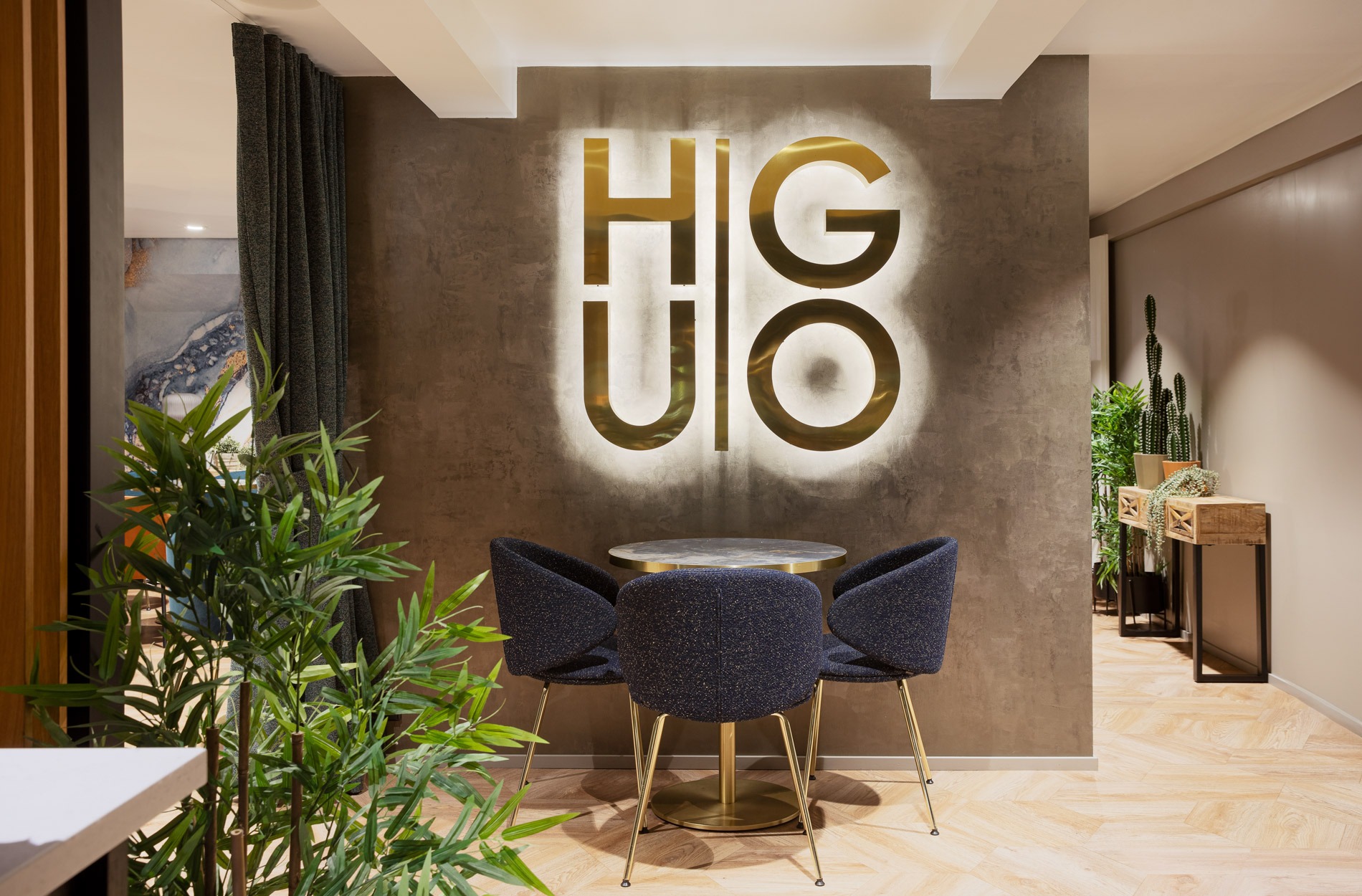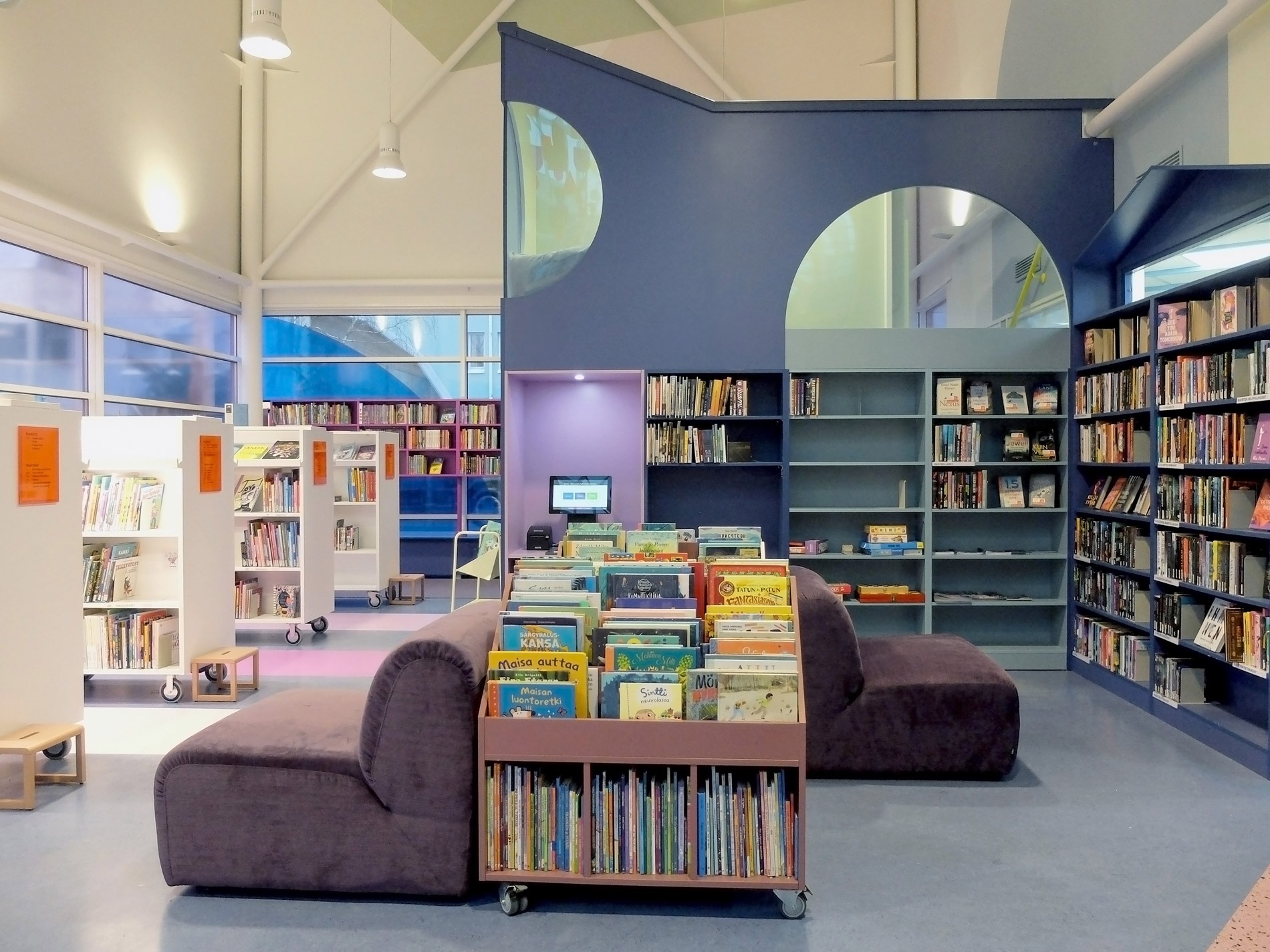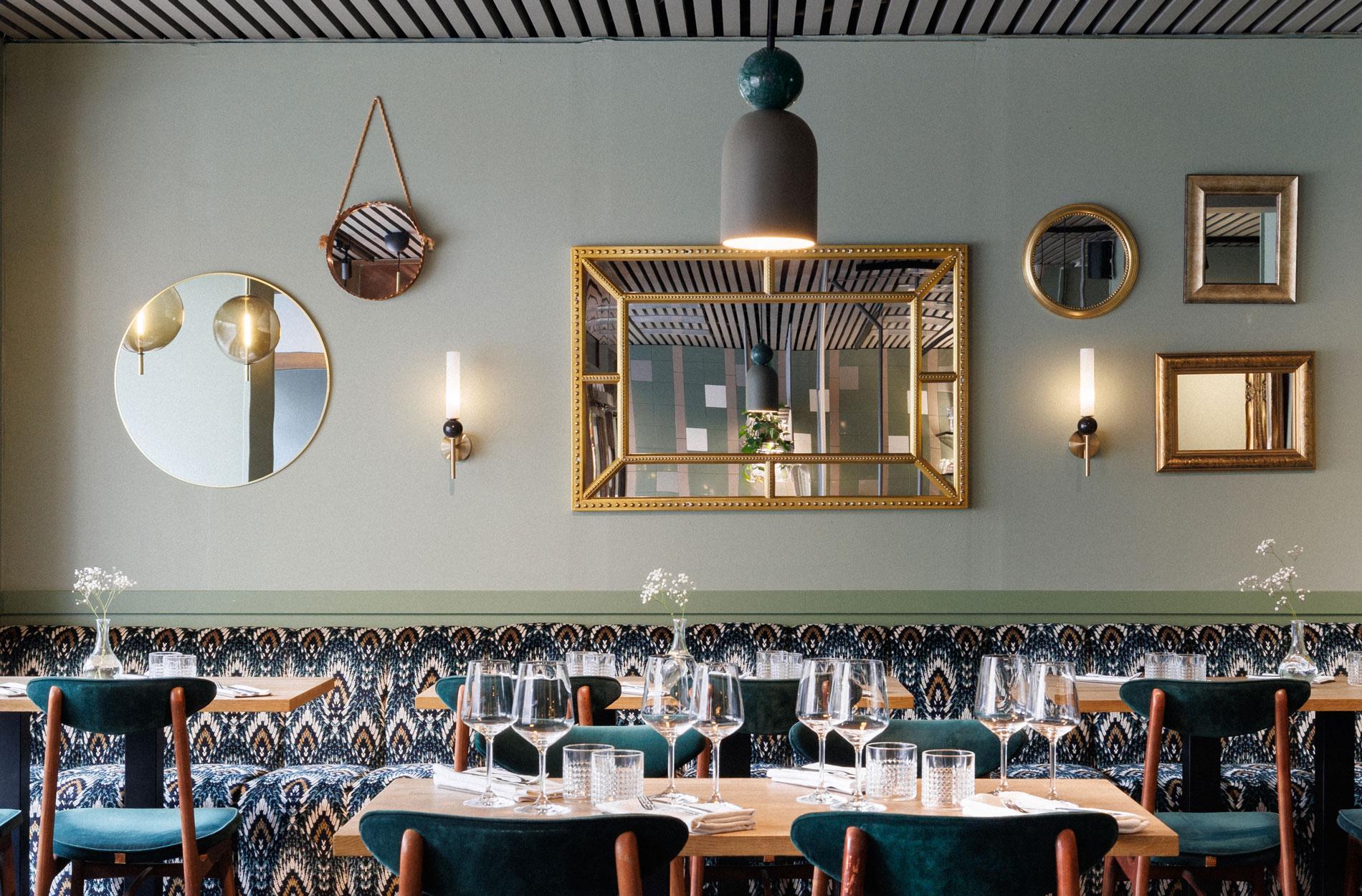Shared service and work environments for the public sector in Lahti and Lappeenranta
In the future, all state services and work environments will be found under one roof in both Lahti and Lappeenranta. The changes in these two premises are part of the more extensive renewal of the state services and facilities network. In Lahti and Lappeenranta alone, the renovations will make the workday and the use of services smoother for approximately 1,500 employees and 2,500 weekly customers.
All services in the same place
The aim of the project was to implement the shared government services concept in the government office buildings of Lahti and Lappeenranta and to create concrete proposals for solutions that take into account location-specific needs and opportunities. The change was motivated by the Finnish public sector’s aim of gradually gathering the physical services of government offices into shared customer service points, harmonising the service experience across the offices. The service design project was implemented in cooperation with Senate Properties, the government facilities partner. “This project was part of a larger programme that aims to merge the services of government offices under the same roof. The objective was to make the customer experience smoother and increase the flexibility of customer service work,” says Johanna Happonen, Service Designer and Interior Architect for the project.
Plans created to support the implementation of the shared customer service concept:
- functional description of the premises from the point of view of employees
- customer profiles and their service pathways
- location-specific adaptations for the customer service area and working spaced connected to it
Rune & Berg Design was responsible for facilitating the service design process in Lahti and Lappeenranta and for drawing up a summary to support implementation. Service design was implemented through six virtual workshops, three of which covered the government office building in Lahti and three in Lappeenranta. Customer service employees and managers from various public administration organisations, such as the Tax Administration, Kela and several state offices, participated in the workshops, alongside the architect of the location. Rune & Berg Design’s expertise in spatial design was also utilised in the project. “We supported our employees through the change, this was a completely new process for them. The benefit of the service design process is that it helps the employees to understand what a multiservice point is and which aspects of their internal operations they still need to develop before the implementation,” Johanna says. “Together, we brought the process into practice one step at a time. Thanks to you, we involved the users in the analysis and were able to identify different perspectives,” says Mervi Räisänen, Project Manager for Facilities Projects at Senate Properties.
The service and workday experience brought together
In the service design process, the location-specific ways of working, customer profiles and spatial adaptations were brought together into a final report that supports the implementation of the shared work environments. With regard to working practices, the report illustrated what kind of work takes place in each area and what the role of each employee is in different situations. The different employee roles and ways of working were summed up as four easy-to-understand employee profiles and shared working principles. In addition, each customer profile received its detailed service pathway, which helps the employees to understand the different needs of the customers and Rune & Berg Design’s designers to find the best spatial solutions.
The spatial adaptations for the architecture of the Lappeenranta and Lahti office buildings were based on employee needs and customer service pathways. In accordance with the shared service concept, each office has a lobby and a waiting room, customer service points, background working premises, a ceremonial space and a meeting centre. In Lahti, attention was also paid to the needs of restaurant guests who come to the building for lunch, while in Lappeenranta, the wayfinding system deserved particular attention due to the divided structure of the space. “The architect participated in designing the building even during the service design process, implementing the findings in the design. Lahti and Lappeenranta serve as pilot projects for a more extensive change across the country,” Johanna says, describing the progress.
Both of these locations are currently in the implementation stage: the customer service facilities were taken into use in summer 2023 and the shared work environments are due for completion in spring 2024. “The local residents have been extremely happy with the shared service point. The concept feels functional, and the use of the services is smoother than before. For the personnel, the change will become more concrete after they experience working within the new model,” says Mervi, summing up the end result of the extensive change project.
Get familiar with other similar projects


